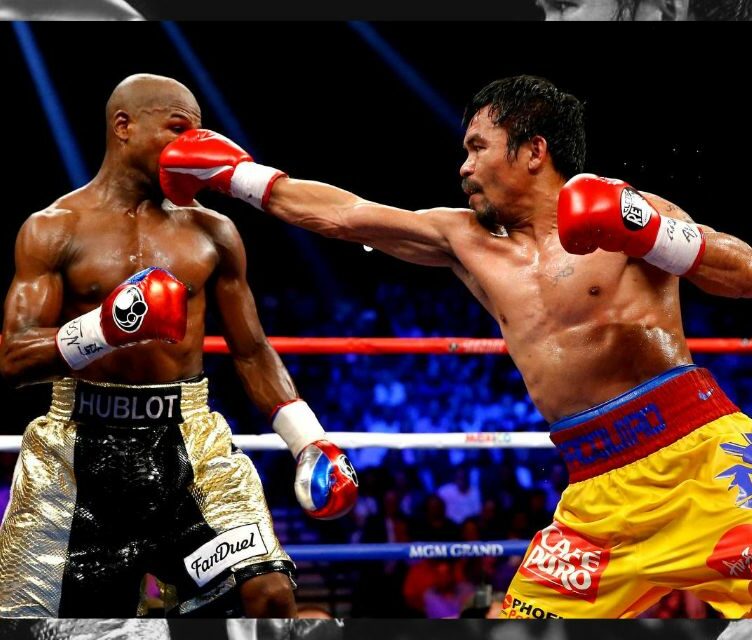THE yearly Traslacion of Jesus Nazarene in Manila is one of the Philippines’ most important celebrations of faith, drawing millions of devotees who march in a solemn procession to honor the image of Jesus Christ.
On January 9, much of the focus is on the journey of the Nazarene itself; nevertheless, the “Dungaw” rites, which has evolved over time, is a lesser-known but equally important aspect of the religious occasion.

Photo Courtesy: AJ Acosta, Christian Turingan | MPIO
This rite, related with the meeting of Jesus Nazareno and Nuestra Señora del Carmen de San Sebastian, is profoundly embedded in the cultural and spiritual fabric of the Filipino Catholic experience.
The Dungaw is more than just a physical proximity between the figures; it is also a moment of shared devotion and a symbol of the Filipino people’s intimate relationship with their faith.
Understanding “Dungaw”
Dungaw, also known as ‘La Mirata’, is regarded as one of Traslacion’s highlights. However, misunderstanding develops every year, as many people have differing interpretations of the rite.
According to the San Sebastian Basilica Conservation and Development Foundation Inc., the Dungaw ceremonies are not a reenactment of the Mother and Son’s meeting on the Way of the Cross.
The brief pause of the image of Jesus Nazarene to see Our Lady of Mount Carmel reflects a religious courtesy between the King and Queen of Quiapo, who meet in a majestic manner to guide the faithful in prayer.

Photo Courtesy: AJ Acosta, Christian Turingan | MPIO
The origins of the Dungaw rites are unknown due to a lack of historical records, however old programs from the Virgen del Carmen festivities show they exist in the Augustinian Recollects archives.
The meeting rites ceased for unclear reasons in the late 1900s, but they were reinstated in 2014. In 2016, the Archdiocese of Manila formally approved and published the ceremony’s rites and prayers.
One thing is certain: the rites are a moving expression of maternal love, inspiring reflection and prayer on the journey to the ultimate goal – to be with Mary and her Son, the Nazarene.
Being one with the journey
The Dungaw undoubtedly draws the faithful together for a moment of communal prayer, emphasizing the sense of community and shared devotion that pervades much of Filipino religious activity.
Christian Galos and John Mark Reginio, both Gen Z officers with the Confraternity of Augustinian Recollect Altar Servers, spoke with republicasia about their experience organizing the Dungaw rituals.

“Bali kami po, ang ginagawa po namin is kami po ‘yung may hawak nung seryales, like cross, bell, tapos ‘yung dalawang kandila po. Kami po ‘yung nagsisilbing gabay ng Mahal na Birheng Carmen,” shared Galos.
For the Reginio, seeing these two respected figures together symbolizes hope and divine protection, while expressing the Filipino virtues of bayanihan (communal unity) and malasakit (compassion).
“Nakakatakot kasi dagsaan ‘yung mga tao, pero mararamdaman mo ‘yung presensya ng Panginoon kasi makikita mo ‘yung dami ng tao na nagtutulungan at nagsasakripisyo,” said the 18-year-old Reginio.
Meanwhile, Galos, a Gen Z server, noted that attending the Traslacion and witnessing the rite or participating in the religious activity‘s organization is a means to connect with Jesus Nazarene’s journey.
“Iyong [pagtulong sa] Dungaw is parang naging part ka na rin ng buhay ni Jesus, bago siya ipako sa krus, ‘yung mga huling step niya bago tumawid sa kabilang buhay, naging part ka na rin ng pangyayari na ‘yun,” he explained.
Both of these Gen Z servers emphasized the importance of viewing this occasion as a symbol of valuing our relationships with our mothers, as well as propagating and developing the Catholic religion.
Viva! Viva!
Last year, the Dungaw ceremony was preceded by the tolling of bells at San Sebastian Church and cheers of “Viva!” Viva!” from the sea of devotees, with the majority of them seated or standing along Hidalgo’s small streets.
Demonstrating to everyone that the religious practice during the Traslacion is a powerful expression of faith, dedication, and a strong spiritual connection between Filipinos and their Catholic values.
It represents not only the intersection of Christ’s passion and Mary’s intercession, but also the communal spirit that has characterized Filipino devotion throughout history.
Dungaw is a moment of grace for millions of believers, a reminder that the sacred characters they revere are inextricably linked to their daily difficulties, hopes, and dreams.
As the Traslacion evolves, the Dungaw remains a potent symbol of the continuing strength of Filipino religion and dedication, inspiring and uniting people across generations.
How useful was this post?
Click on a star to rate it!
Average rating 0 / 5. Vote count: 0
No votes so far! Be the first to rate this post.
We are sorry that this post was not useful for you!
Let us improve this post!
Tell us how we can improve this post?








